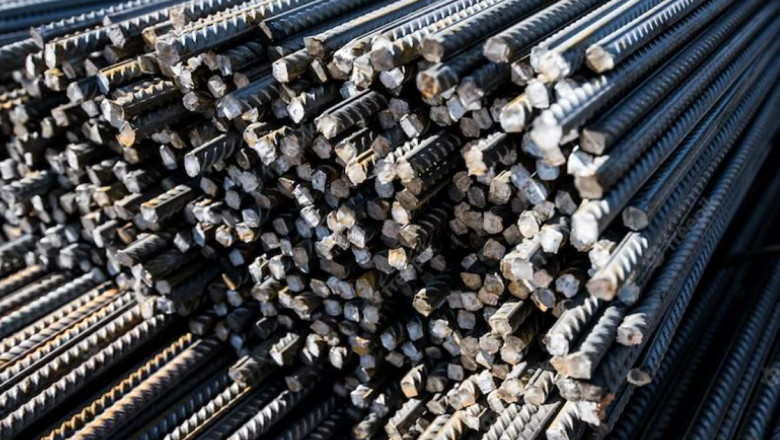views
Earthquakes pose a serious threat to structures, especially in seismic-prone areas. One of the most effective ways to ensure the safety and durability of buildings during seismic activity is by using TMT bars. Known for their strength, flexibility, and ductility, TMT bars are a key component in making structures earthquake-resistant.
The Science Behind Earthquake Resistance
During an earthquake, the ground shakes in multiple directions, creating intense lateral and vertical forces. These sudden movements can cause brittle materials to crack or collapse. Hence, the materials used in construction need to have the ability to absorb energy, withstand stress, and maintain structural integrity even under severe pressure.
This is where TMT bars shine.
Superior Strength and Ductility
TMT bars are manufactured using a specialized thermomechanical process. This process gives the bars a tough outer surface and a soft, ductile core. The outer layer provides strength, while the core offers flexibility. This unique combination allows TMT bars to bend without breaking — a crucial property during an earthquake.
When a structure is subjected to seismic forces, the TMT bars absorb the energy and redistribute the stress throughout the frame, reducing the risk of sudden failure.
High Fatigue Resistance
Buildings experience repeated stress not just during earthquakes but also from wind, traffic, and load variations. TMT bars have high fatigue resistance, meaning they can endure repeated loading and unloading without weakening over time. This enhances the longevity and durability of the structure, especially in areas with frequent seismic activity.
Excellent Bonding with Concrete
Another advantage of TMT bars is their ribbed surface, which provides excellent bonding with concrete. This strong grip ensures that the steel and concrete act as a unified structural element during movement. Good bonding minimizes the chances of slippage or disintegration of structural parts during an earthquake.
Corrosion and Fire Resistance
Seismic activity often leads to additional hazards like water leakage or fire. TMT bars offer corrosion resistance and high thermal stability, making them suitable for all types of environments, including coastal or flood-prone areas. This extra protection adds to the safety and integrity of the building in post-earthquake scenarios.
Suitable for Reinforced Concrete Structures
Most earthquake-resistant buildings today are constructed using Reinforced Cement Concrete (RCC). TMT bars are the preferred choice for reinforcement due to their superior mechanical properties. When combined with high-quality concrete, they create a strong yet flexible structure capable of withstanding seismic loads.
Conclusion
Using TMT bars is not just a construction choice — it’s a safety measure. Their unique strength, ductility, and resistance to fatigue, corrosion, and heat make them an ideal material for building in earthquake-prone regions.






















Comments
0 comment